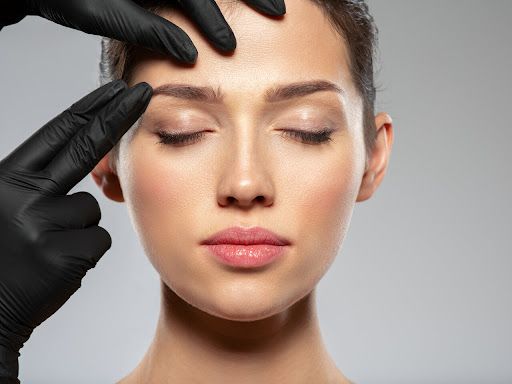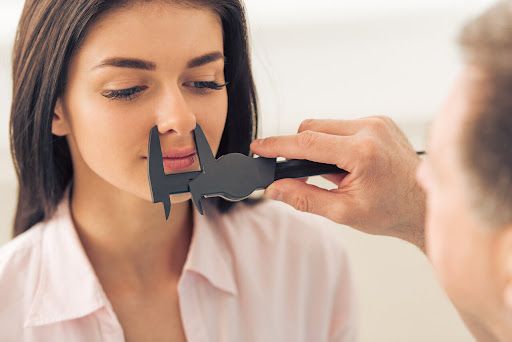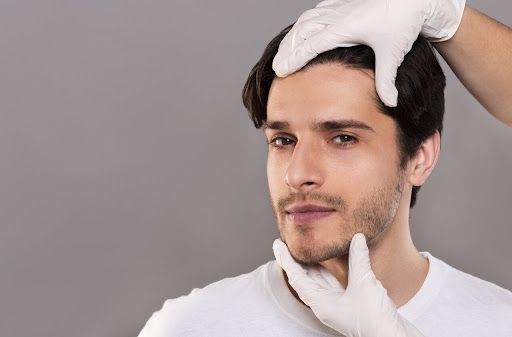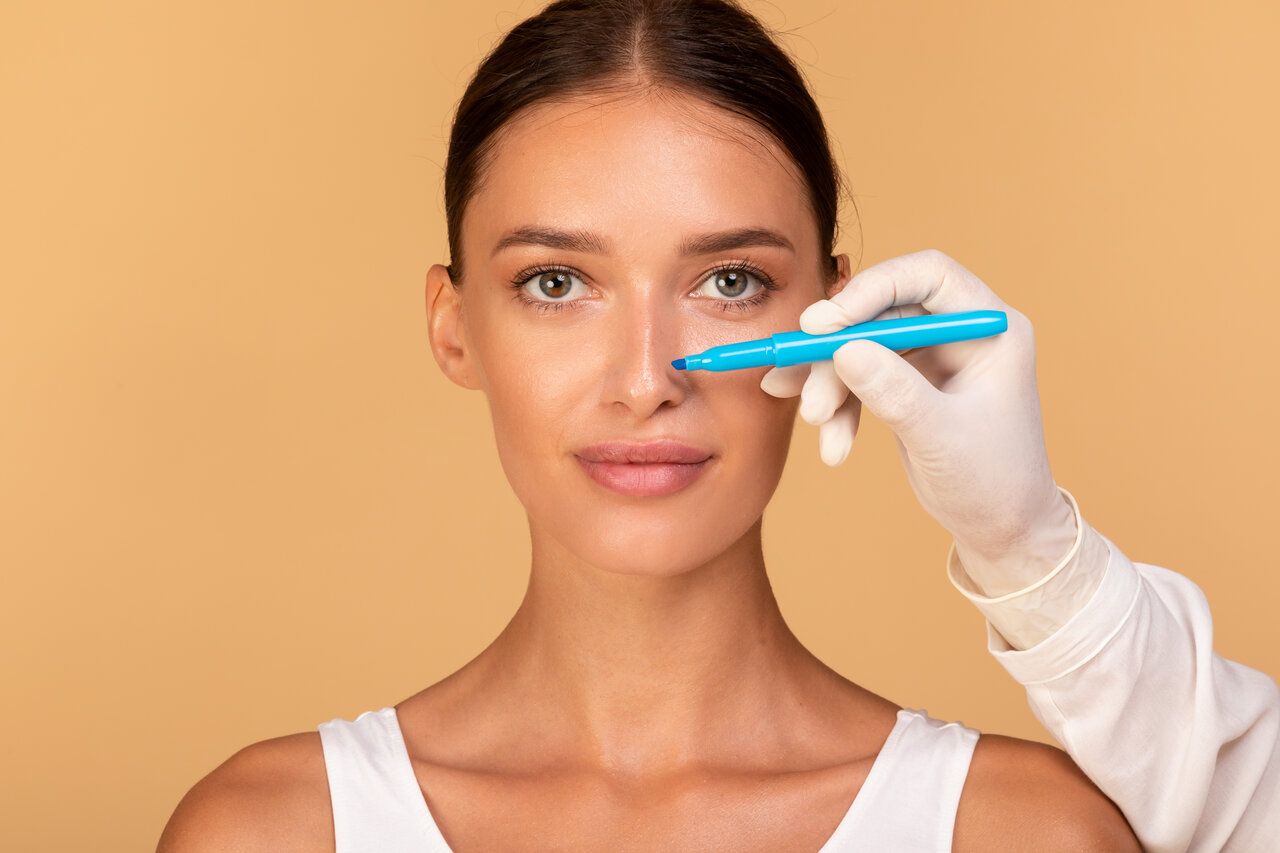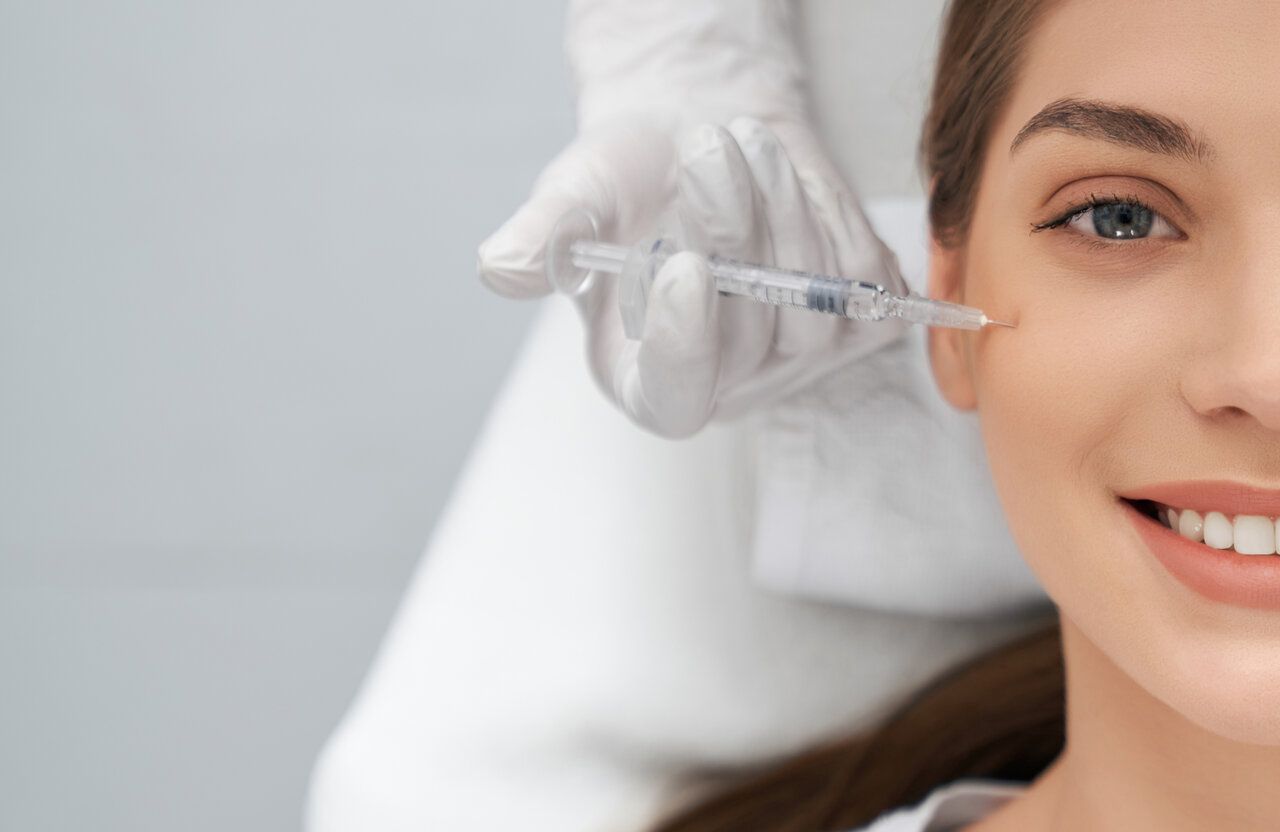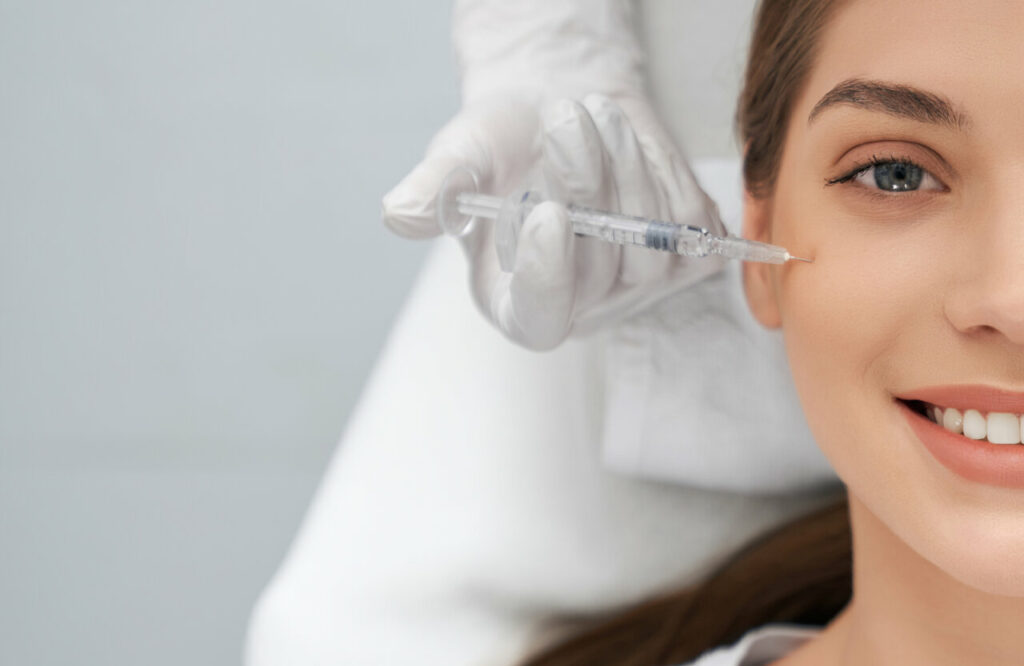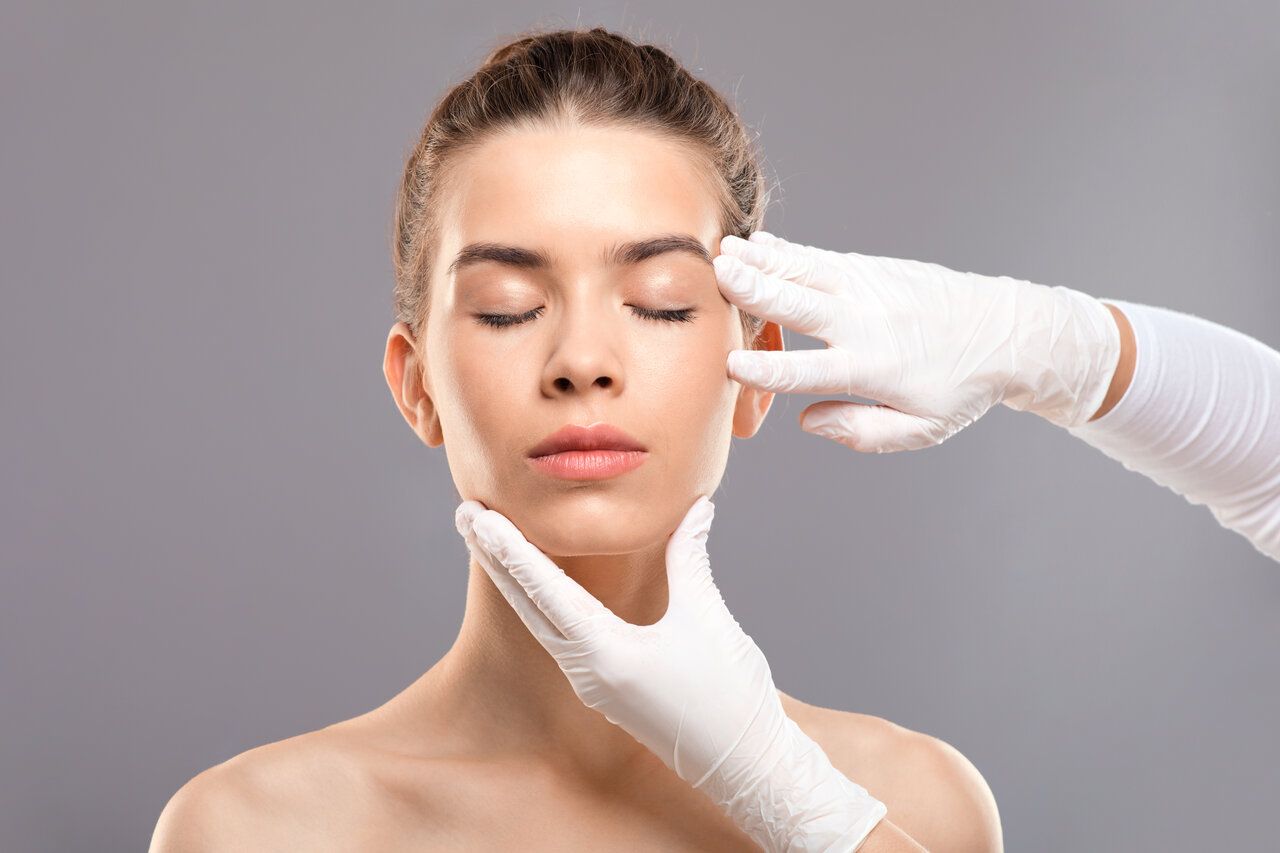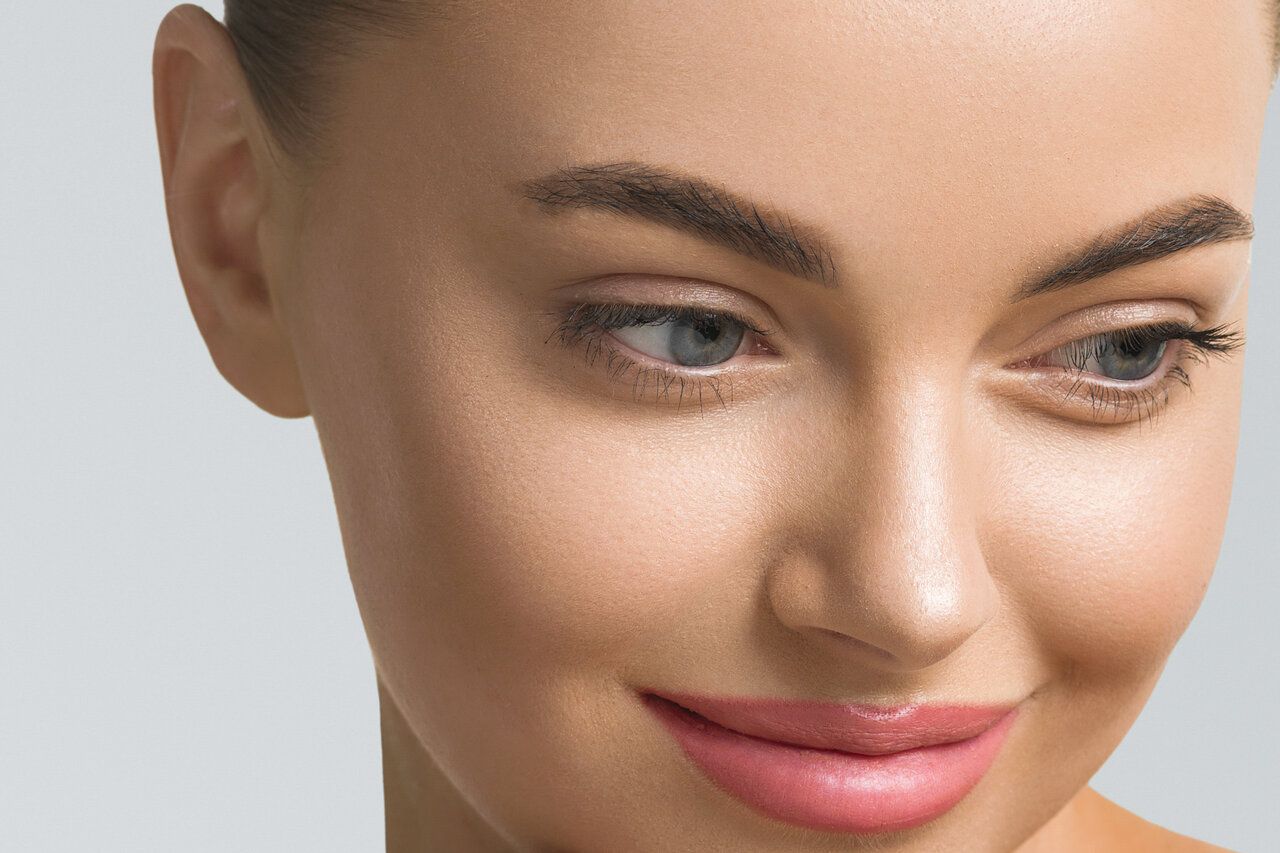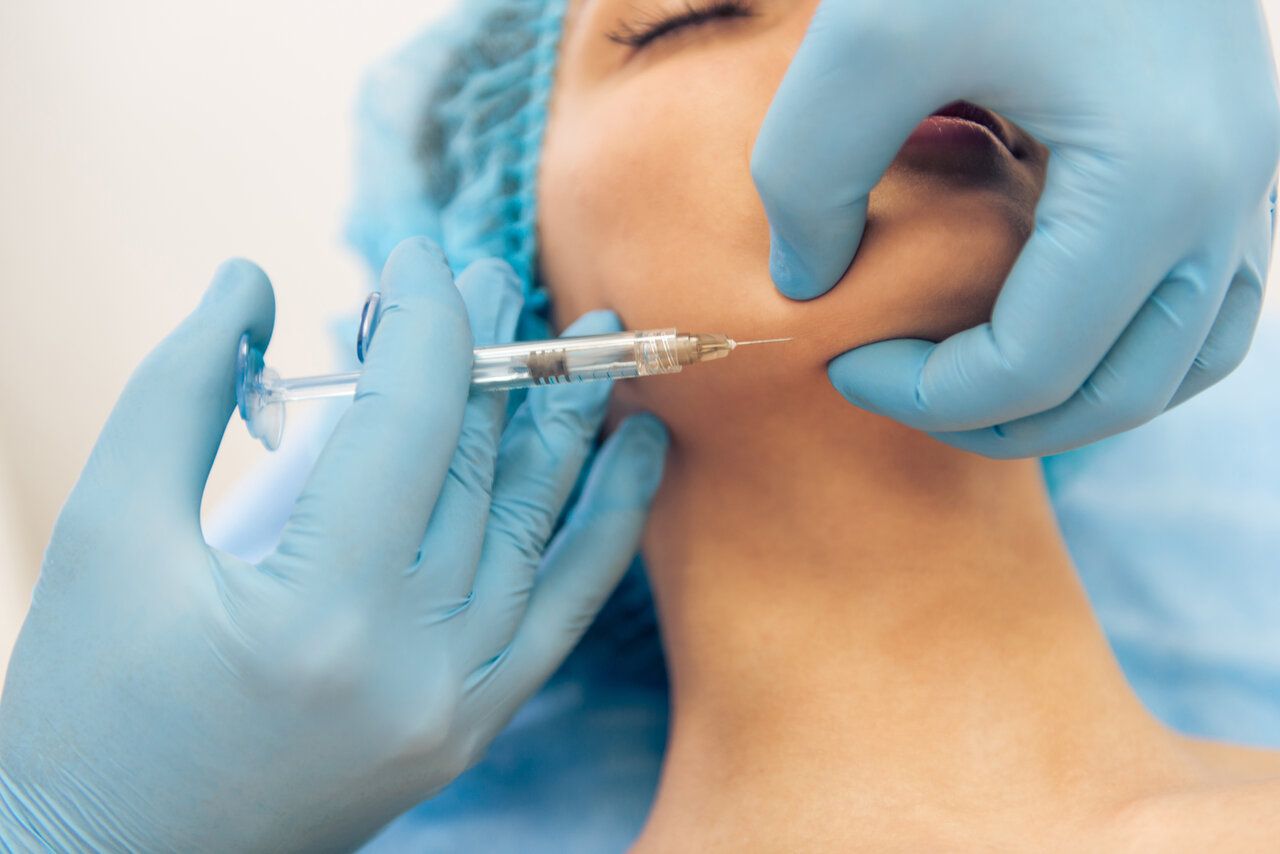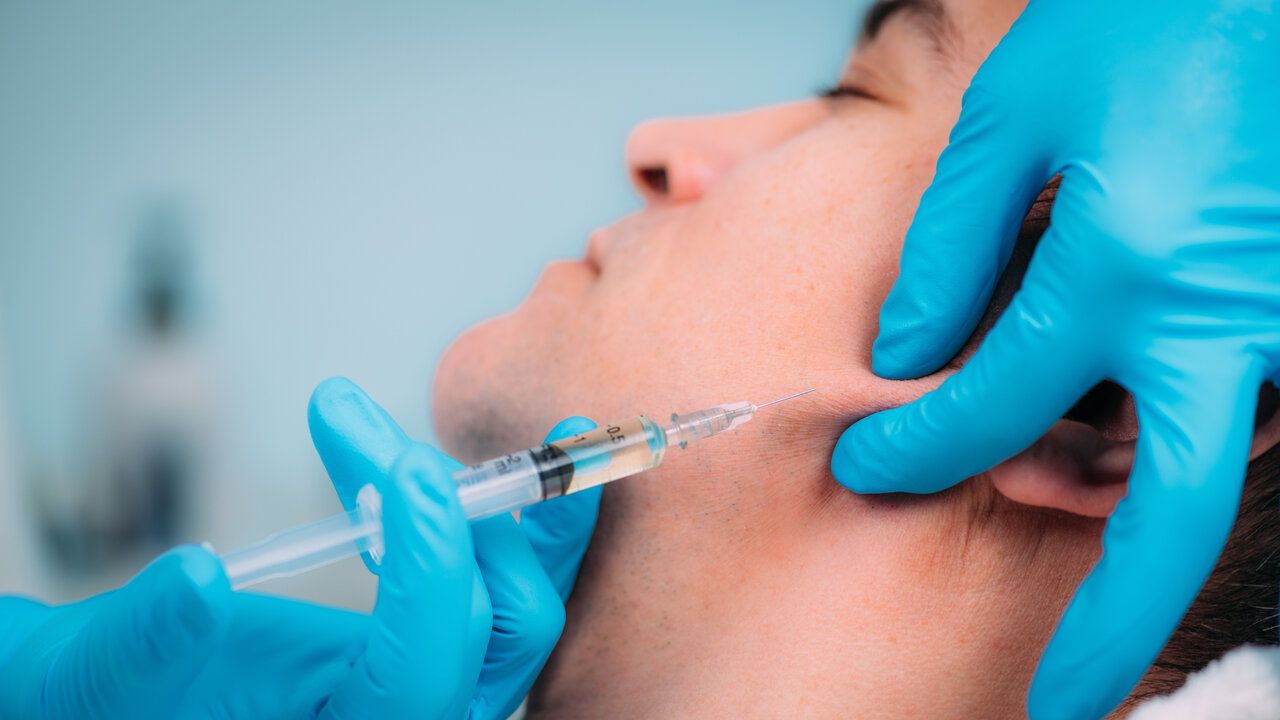Types of Plastic Surgery Explained
Types of Plastic Surgery
Are you considering plastic surgery to enhance your appearance? It’s important to understand the differences between facial plastic surgery and body plastic surgery before making a decision. Facial plastic surgery focuses on improving the aesthetic appearance of the face, while body plastic surgery aims to enhance various areas of the body. By understanding these distinctions, you can determine which type of procedure is best suited for your desired results.

What is Facial Plastic Surgery?
Facial plastic surgery involves a range of surgical procedures focused on enhancing and improving the appearance of the face. These cosmetic procedures address various concerns, such as reshaping facial features, reversing signs of aging, and achieving facial symmetry and balance. Common facial plastic surgery procedures include rhinoplasty (nose surgery), facelifts, eyelid surgery, brow lifts, chin augmentation, etc. The goal is to achieve natural and harmonious results while considering both the aesthetic and functional aspects of the face.
See Treatment Photos on Instagram
Common Facial Plastic Surgery Procedures
Facial cosmetic surgery procedures are designed to enhance facial features, address signs of aging, and improve overall facial harmony. Here are some frequently sought-after facial plastic surgery procedures:
- Rhinoplasty: Also known as a nose job, rhinoplasty aims to reshape and enhance the appearance of the nose. It can address aesthetic concerns such as size, shape, and symmetry, as well as functional issues like breathing difficulties.
- Blepharoplasty: Eyelid lift surgery, or blepharoplasty, targets sagging eyelids and puffiness around the eyes. It can involve removing excess skin and fat to create a more youthful and rejuvenated appearance.
- Facelift: A facelift is a comprehensive procedure for skin rejuvenation to address signs of facial aging, including sagging skin and deep wrinkles. It involves tightening underlying facial muscles and repositioning the skin to achieve a smoother, more youthful look.
- Brow Lift: This procedure elevates the brow and forehead to reduce sagging and correct a tired or angry appearance. It can also alleviate forehead wrinkles and furrows.
- Neck Lift: Neck surgery targets excess skin and fat in the neck area. It is often combined with a facelift for a complete rejuvenation of the lower face and neck.
- Otoplasty: Ear surgery, or otoplasty, is performed to correct protruding or misshapen ears, creating a more balanced and natural look.
- Chin Augmentation: Chin augmentation involves enhancing the projection and definition of the chin by using implants or advanced surgical techniques to improve facial balance.
- Lip Augmentation: Lip augmentation aims to enhance the volume and shape of the lips by using fillers or implants.
- Cheek Augmentation: This procedure adds volume and definition to the cheeks by using implants or fat grafting to create a more youthful and sculpted facial contour.
- Facial Fat Grafting: Also known as fat transfer, this procedure involves harvesting fat from one area of the body and injecting it into areas of the face to restore volume and minimize wrinkles.
Recovery and Aftercare for Facial Plastic Surgery
After undergoing facial cosmetic procedures, it’s essential to follow proper recovery and aftercare instructions for optimal healing and results. Recovery from facial plastic surgery is generally shorter compared to body plastic surgery because the face tends to heal faster. However, it is still crucial to take care of yourself during this time. Your facial plastic surgeon will provide you with specific guidelines on how to clean and care for your incisions, as well as any medications or ointments you may need.
Facial contouring procedures such as rhinoplasty or facelifts may require more attention during the recovery period. It’s important to avoid strenuous activities that could potentially strain your face or affect the healing process. You may experience some swelling, bruising, and discomfort in the days following your surgery but these symptoms should gradually subside over time.
In terms of aftercare, maintaining a healthy lifestyle can significantly contribute to a successful recovery. Eating nutritious foods that promote healing and avoiding smoking or excessive alcohol consumption are crucial steps to support the healing process. Follow-up appointments with your plastic surgeon are also essential to monitor your progress and address concerns or complications that may arise during the recovery period.
What is Body Plastic Surgery?
Body plastic surgery, also known as body contouring or body sculpting, refers to a set of surgical procedures designed to enhance or reshape various areas of the body for cosmetic or reconstructive purposes. These procedures aim to improve the overall appearance, proportion, and symmetry of the body by addressing issues such as excess fat, sagging skin, and muscle laxity. Body surgeries can be performed on both men and women and can target different areas of the body, including the abdomen, thighs, buttocks, arms, breasts, and more.
Popular Body Plastic Surgery Procedures
Popular body plastic surgery procedures vary based on individual preferences, cultural trends, and evolving techniques. Here are some popular body plastic surgery procedures carried out by cosmetic surgeons:
- Liposuction: Liposuction is a widely popular procedure that involves the removal of localized fat deposits to contour and reshape specific areas of the body. It’s commonly performed on the abdomen, thighs, hips, arms, and neck.
- Tummy Tuck (Abdominoplasty): A tummy tuck is an aesthetic surgery aimed at addressing excess abdominal skin and weakened muscles, often resulting from pregnancy or significant weight loss. It can help achieve a flatter, more toned abdominal appearance.
- Breast Augmentation: Breast augmentation is a type of breast surgery for those seeking to enhance the size and shape of their boobs. This procedure involves the placement of implants to achieve desired volume and symmetry.
- Breast Reduction: Breast reduction is sought by individuals with overly large breasts to alleviate physical discomfort, improve posture, and achieve better body proportions.
- Brazilian Butt Lift (BBL): The Brazilian butt lift is an aesthetic procedure that involves liposuction to remove fat from areas of excess and then injecting that fat into the buttocks to enhance their shape and volume.
- Breast Lift (Mastopexy): A breast lift is a form of breast reconstruction that addresses sagging or drooping breasts by removing excess skin and tightening the surrounding tissue, resulting in a more youthful and lifted appearance.
- Thigh Lift: A thigh lift involves removing excess skin and fat from the inner or outer thighs to create a more toned and contoured appearance.
- Arm Lift (Brachioplasty): An arm lift targets excess skin and fat in the upper arms to create a firmer and more defined arm contour.
- Mommy Makeover: This is a combination of procedures customized to address post-pregnancy changes in the body. It typically includes a combination of procedures like tummy tuck, breast augmentation/lift/reduction, and liposuction.
- Body Lift: A body lift is a comprehensive procedure that addresses multiple areas of the body, often performed after significant weight loss. It involves removing excess skin and fat from the abdomen, thighs, buttocks, and sometimes the back and arms.
- Labiaplasty: Labiaplasty is a procedure that addresses concerns with the size or shape of the labia. It can be performed for both aesthetic reasons and to alleviate discomfort.
- Gynecomastia Surgery: This procedure is designed to address excess breast tissue in men, a condition known as gynecomastia. It involves removing the excess tissue to create a more masculine chest appearance.
What to expect from your cosmetic procedure
Recovery and Aftercare for Body Plastic Surgery
Recovery plays a crucial role in achieving the best results and minimizing complications. After your cosmetic surgery, it’s important to follow your cosmetic surgeon’s instructions diligently to ensure a successful healing process.
One of the primary concerns during recovery from body plastic surgery is managing pain and discomfort. Your surgeon will prescribe medications to alleviate any post-operative pain you may experience. It’s essential to take these medications as directed and report unusual symptoms or concerns promptly. Additionally, you may be advised to wear compression garments or dressings to support the surgical area, reduce swelling, and aid in proper healing.
Proper wound care is also vital for successful recovery after body plastic surgery procedures such as breast reduction surgery, abdominoplasty surgery, or any other elective procedure on the body. You should follow your surgeon’s instructions regarding cleaning and dressing changes for incisions or wounds. It’s important to keep the area clean and dry as well as avoid activities that could compromise the healing process. Your surgeon may recommend specific skincare products or techniques to promote optimal healing.
Remember that every individual heals differently so it’s important not to compare your recovery timeline with other people. Be patient with yourself throughout this process and communicate openly with your surgeon if you have concerns or questions about your progress. By following these guidelines for recovery and aftercare, you can enhance the outcome of your body plastic surgery procedure while ensuring a safe and satisfying transformation journey.
What is the difference between body and facial plastic surgery?
Body plastic surgery and facial plastic surgery are distinct branches within the field of plastic surgery, each specializing in enhancing different areas of the body with key goals in mind. Facial plastic surgery concentrates on procedures that enhance facial features and address signs of aging, such as rhinoplasty, facelifts, and eyelid surgery. It focuses on achieving harmonious facial proportions and enhancing aesthetic appeal.
In contrast, body plastic surgery focuses on improving body contour and proportion by addressing issues like excess fat, loose skin, and muscle laxity. Both types of surgery require a keen understanding of anatomy through extensive training, skillful techniques, and an artistic eye to achieve natural and satisfying outcomes. It is essential to find a board-certified plastic surgeon to carry out your procedure so that you can be sure that you will receive the best level of care.
Book a Plastic Surgery Consultation
If you are considering cosmetic plastic surgery, whether it be for your face or for your body, it is essential that you choose a highly-qualified surgeon. Dr. Moustafa Mourad is the ideal surgeon to carry out any kind of facial plastic surgery thanks to his dual board certifications in facial plastic and reconstructive surgery.
Table of Contents
Types of plastic surgery Types of plastic surgery Types of plastic surgery Types of plastic surgery Types of plastic surgery Types of plastic surgery Types of plastic surgery Types of plastic surgery Types of plastic surgery Types of plastic surgery Types of plastic surgery Types of plastic surgery Types of plastic surgery Types of plastic surgery Types of plastic surgery Types of plastic surgery Types of plastic surgery
